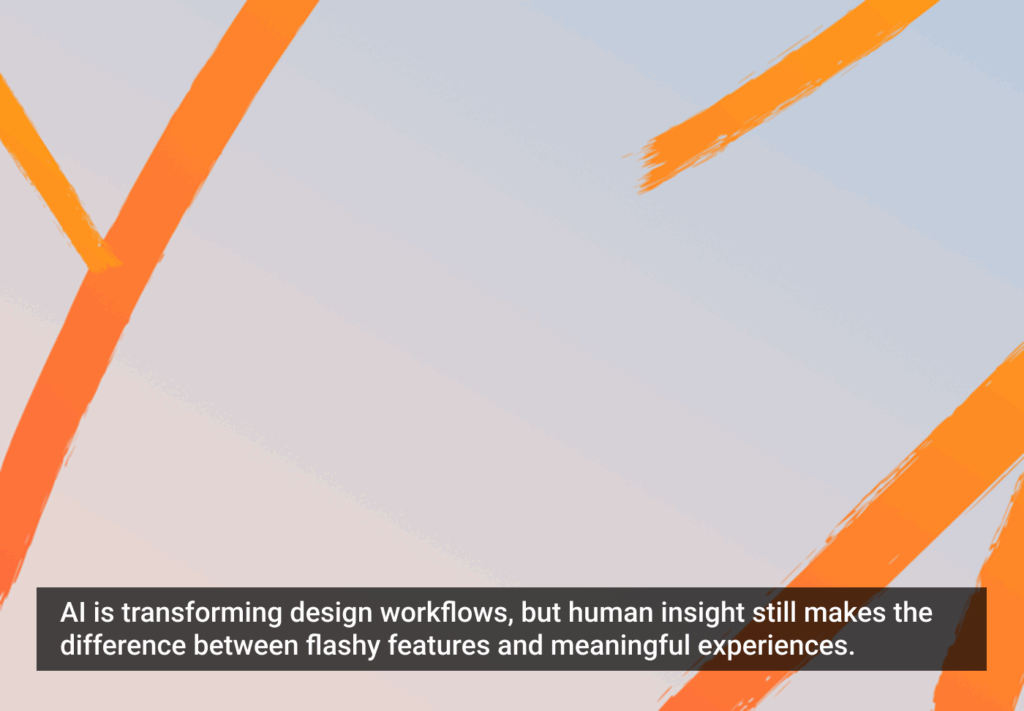Designing a website or mobile app is largely an act of faith. We don’t really know how users will receive our work, and even the most extensive research leaves big gaps in our knowledge. As designers, we putty in those gaps with heuristics, sensibilities, and values.
As corny as it may sound, the values that I see at play in most good user experience work are the same ones I learned in Sunday School. Here are a few of them.
Tell the Truth
Credibility is quickly lost and rarely regained. Without it, a site or app must work harder to draw in a constant stream of unsuspecting new users, since it will get a lot of negative attention in social media and little repeat business.
But telling the truth is not just a matter of avoiding deceit. It’s also:
- wording links and buttons and icons to accurately foretell the destinations or functions they promise;
- giving prices and shipping costs up front;
- making sure content is factually accurate and that instructions faithfully track with the process;
- clearly articulating in each error message what the problem is and what the user needs to do; and
- having opt-in instead of trying to conceal sneaky opt-outs.
Do Unto Others as You Would Have Them Do Unto You
Do you like being forced to create an account in order to get information or buy a product? No. Do you like having ads screaming in your face? No. Do you enjoy wondering what to expect next or feeling tricked? No.
If you and I feel that way, I think we can safely guess how our own users will feel when we try to pull those kinds of stunts on them. Annoyance, resentment, and anger are not the kinds of feelings our branding and marketing people work so hard to engender.
Be Helpful
“Usability” is just a five-dollar synonym for helpfulness. A usable site or app is a helpful site or app. A usable widget is a helpful widget. A site or app that expects more than one visit per user must be a means to their ends, not just a means of making money for ourselves. Being helpful means things like:
- accepting phone numbers, credit card numbers, Social Security numbers, and dates in whatever format the user enters them;
- providing standard translations of the meaningless sizes that each clothing manufacturer dreams up;
- discarding a user’s credit card information as a security measure when they request a password reset;
- automatically bringing up the numbers keyboard (rather than the alpha keyboard) in an app when the user taps a number-entry field; and
- identifying the 10 most common search terms and figuring out how the UI can eliminate the need to search for them.
Know the Truth, and the Truth Shall Make You Free
The better I understand the problem I’m trying to solve and its context, the better my solution will be. This requires learning the facts. How often do users visit the site or use the app? Which of your offerings get the most traffic? The least? What are the drop-off rates at each step along a process? How many items are typically in the shopping cart? What are the business rules? How often are gift cards used? How often do auction bidders fail to pay?
The more solid my command of the facts, the better my recommendations will be and the more compellingly I can make the case for them.
Forgive
Users are not stupid. Their mistakes, misunderstandings, and false assumptions often result from giving your product only half of their attention. Users always need an easy way to change their mind, retrace their steps, and redo their earlier work. Forgiving entails anticipating mistakes, designing and writing to prevent them, and politely helping the user get back on track.
Build Your House Upon the Rock, not Upon the Sand
Today’s cool is tomorrow’s boring. Today’s wow is tomorrow’s irritant. Is this widget/screen/app/site genuinely useful toward some purpose that matters to users? Is it grounded in an accurate understanding of their needs and behavior? If so, then coolness and visual brilliance add a wonderful dimension to it. If not, no amount of razzle-dazzle will save it for long.
The Way of a Fool is Right in His Own Eyes, but a Wise Man Listens to Counsel
My ego is as big as anyone’s, but I’m wrong sometimes. My designs are always better after a colleague and I have bounced ideas around together and run them by some actual users. The best I can hope for is to have most of a solution. The rest always seems to come from someone else’s perspective, someone else’s assumption, someone else’s insight.
Listening to counsel is not, however, the same as giving each teammate an equal say in matters outside their expertise. That foolish approach—whether called design-by-consensus or design-by-committee—guarantees mediocrity. As the IA on a project, I expect to make the decisions about information architecture. But I definitely want to hear what everyone else knows and thinks.
Be Sure Your Sins will Find You Out
Every corner you cut is an opportunity to confuse, irritate, and lose users. Sure, you don’t have time to confirm your assumptions, run your verbiage by a professional editor, or get that extra day’s worth of code written. But every single one of those expedients will lessen your product’s effectiveness.
Every corner you cut is an opportunity to confuse, irritate, and lose users
Let Your Words be Few
’Nuff said.
Image of boy in Sunday best courtesy Shutterstock







